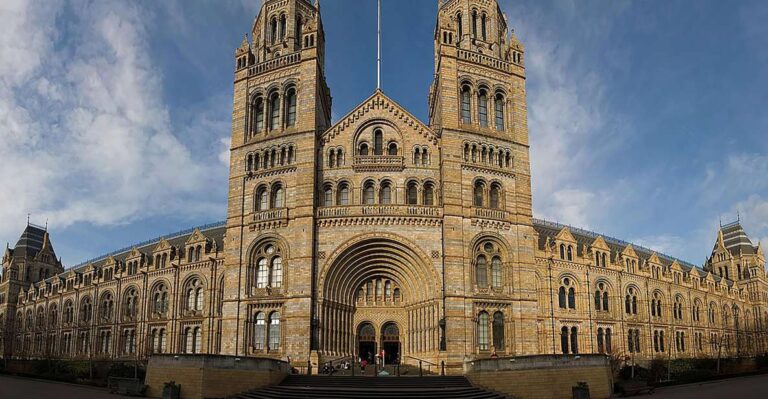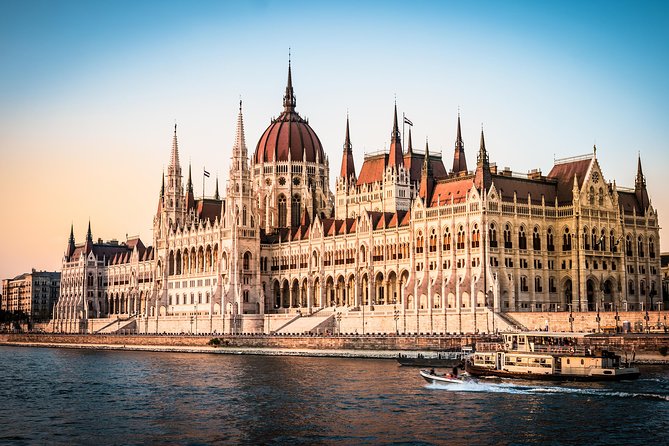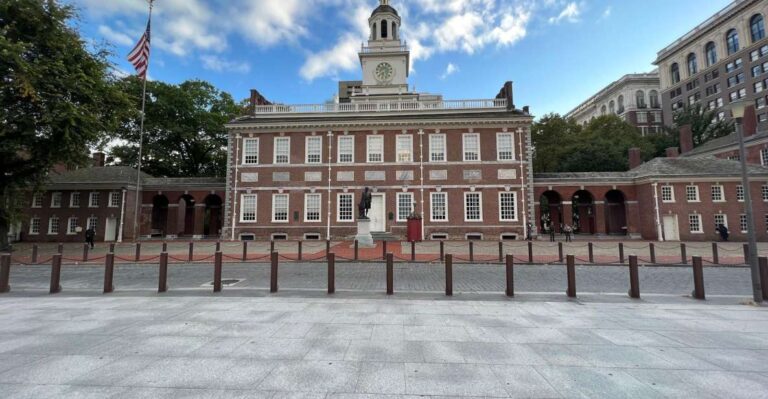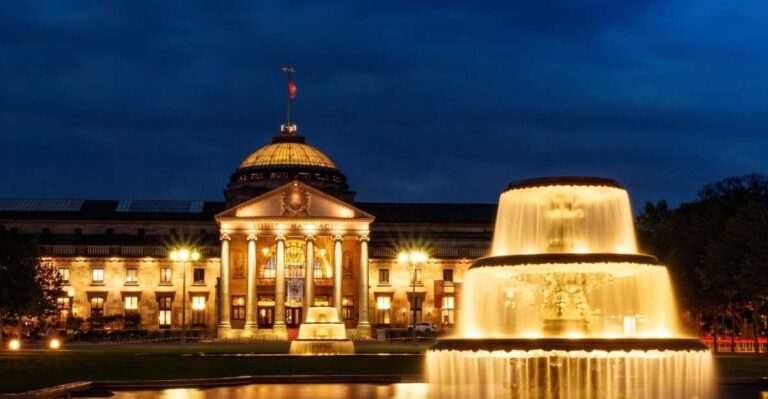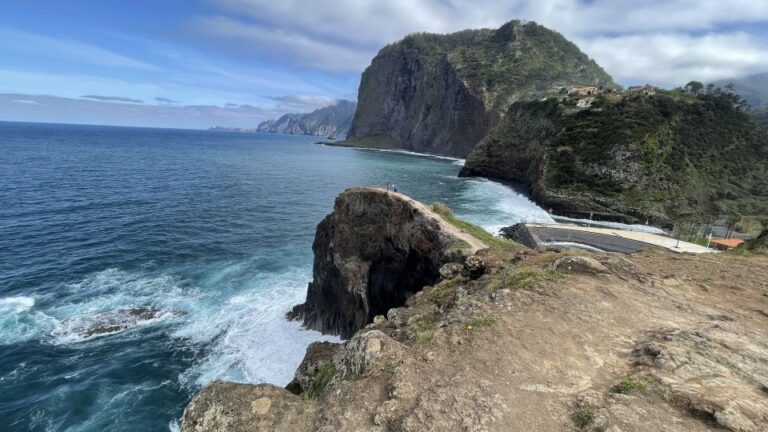Kreuzberg, one of Berlin’s most iconic and dynamic neighborhoods, carries a rich tapestry of history that continues to captivate visitors. This 3-hour walking tour delves into the district’s transformation from a working-class enclave to a counterculture hub, tracing the lasting influence of diverse immigrant communities. Explore the vibrant street art, immerse in the lively Turkish culture, and uncover the tensions surrounding Kreuzberg‘s rapid development. Though the neighborhood’s future remains uncertain, its past offers a compelling window into Berlin’s complex evolution.
Key Points
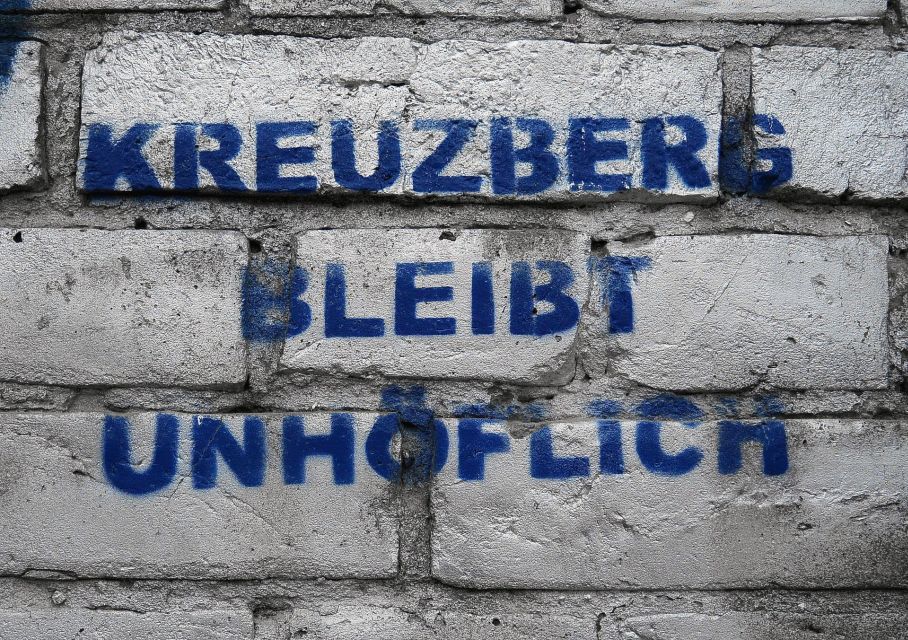
- Explore Kreuzberg’s rich history as a working-class district with a diverse, progressive population and counterculture legacy.
- Discover the neighborhood’s creative spaces, including vibrant graffiti and street art that shape its distinct urban identity.
- Visit Görlitzer Park, a hub of nature, urban culture, and street art that reflects Kreuzberg’s unique character.
- Immerse in Kreuzberg’s vibrant Turkish culture, with thriving markets and colorful storefronts showcasing the community’s strong influence.
- Understand the tensions between development plans and preserving Kreuzberg’s distinctive gritty, counterculture vibe amid concerns over gentrification.
Tour Overview
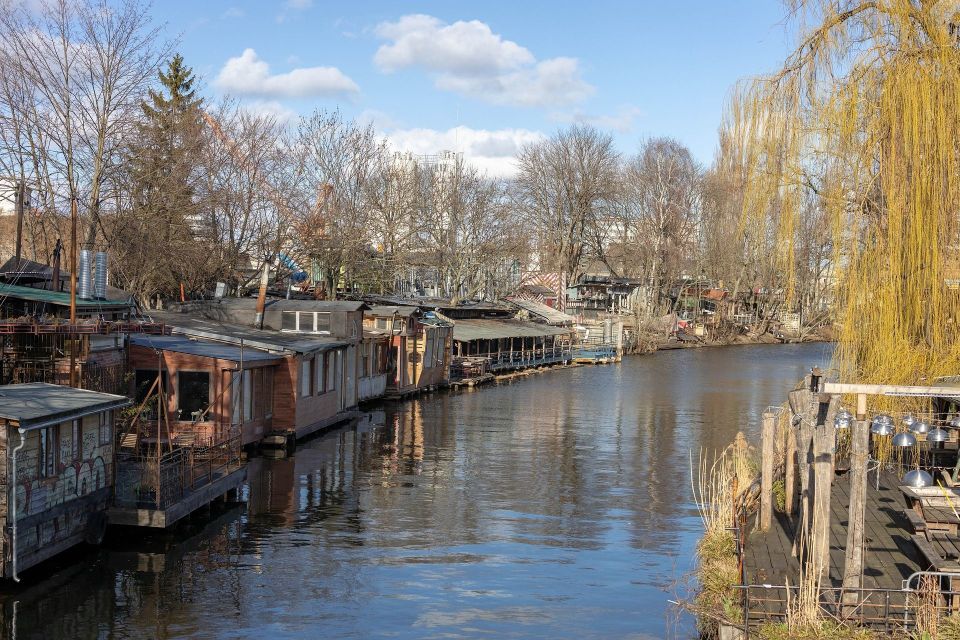
The Kreuzberg history tour offers a comprehensive 3-hour exploration of the district, led by an expert urban historian guide.
This immersive experience provides deep insights into Kreuzberg’s fascinating past and its fast-paced present.
Participants will gain an understanding of the area’s unique cultural identity, which once attracted rock legends like David Bowie and Iggy Pop.
The tour highlights Kreuzberg’s creative use of abandoned spaces, the vibrant street art, and the thriving Turkish immigrant community.
Whether on foot or by bicycle, this tour promises to be an engaging and enlightening journey through one of Berlin’s most dynamic neighborhoods.
Kreuzberg’s Fascinating History

Kreuzberg’s fascinating history traces back to the 19th century, when it emerged as a working-class district known for its diverse population and progressive politics.
Over the decades, the area has been shaped by waves of immigrant communities, from Turks to artists and activists.
Kreuzberg’s reputation as a counterculture hub grew in the 1970s and 80s, attracting rock legends like David Bowie and Iggy Pop.
Today, the district’s creative energy is evident in its proliferation of street art, indie shops, and repurposed abandoned buildings.
Yet, Kreuzberg now faces the challenge of gentrification, as riverfront development threatens to transform its gritty, bohemian character.
Kreuzberg’s Creative Spaces

Alongside Kreuzberg’s storied past, the district’s creative use of abandoned buildings and plots as art hubs has become a defining feature of the neighborhood.
Throughout the tour, visitors can observe the graffiti and street art that are essential to Kreuzberg’s look and feel. From vibrant murals covering building walls to innovative sculptures dotting public spaces, the area’s artists have transformed disused areas into vibrant cultural centers.
One such example is Görlitzer Park, where the tour explores how this once-neglected green space has been reclaimed by the community and now hosts regular art events and performances.
The tour provides an inside look at how Kreuzberg’s creative energies have shaped its distinctive urban landscape.
Graffiti and Street Art
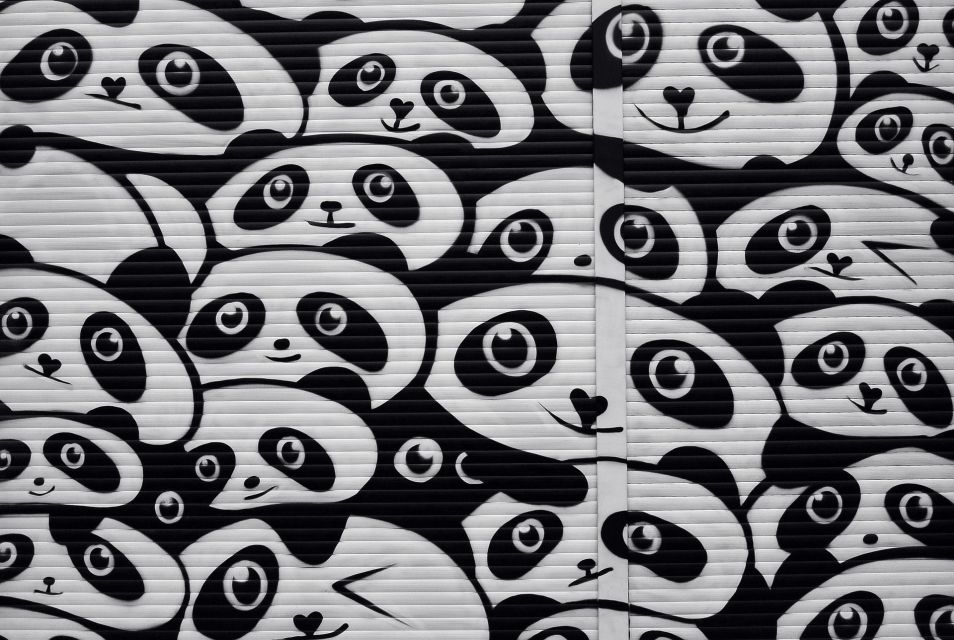
Integral to Kreuzberg’s urban identity, graffiti and street art transform the district’s disused spaces into vibrant canvases that captivate visitors on the history tour.
The guide explains how artists use the walls and abandoned buildings as their canvas, expressing their creativity and making social statements.
Visitors marvel at the bold, colorful murals depicting political messages, cultural icons, and abstract designs.
The guide highlights how graffiti has become an integral part of Kreuzberg’s unique character, reflecting the neighborhood’s rebellious spirit and artistic flair.
As the tour progresses, participants gain a deeper appreciation for the role of street art in shaping the district’s distinct visual landscape and cultural identity.
Exploring Görlitzer Park
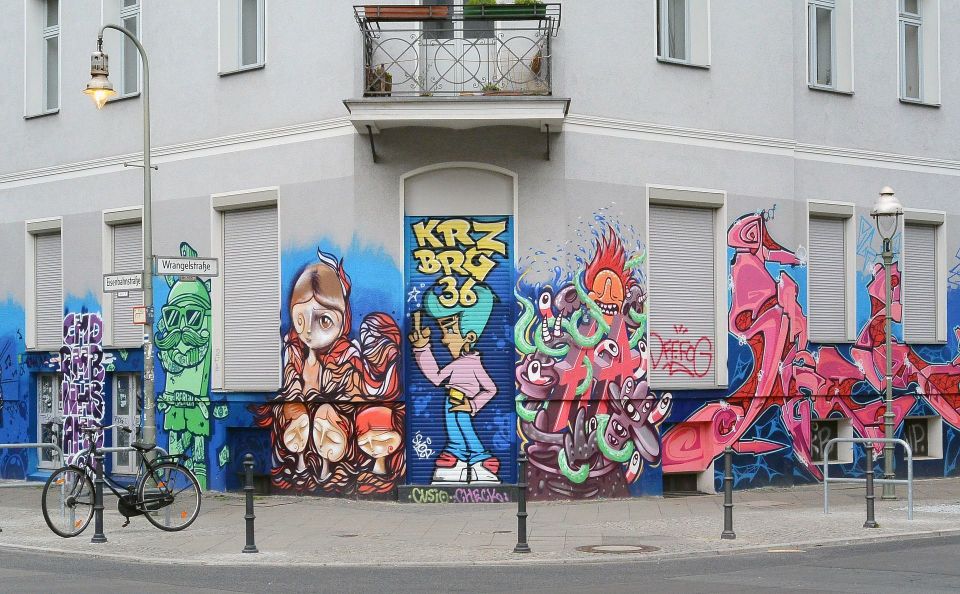
The tour guide leads visitors through Görlitzer Park, one of Berlin’s most popular green spaces nestled within Kreuzberg’s urban landscape.
The park is a hub for locals and travelers alike, offering a refreshing respite from the bustling city streets.
As the group meanders through the tree-lined paths, the guide points out the park’s unique features – vibrant street art adorning the walls, families picnicking on the grass, and musicians busking near the central pond.
The guide explains how Görlitzer Park has become an integral part of Kreuzberg’s identity, a space where the neighborhood’s diverse community gathers to relax, play, and connect.
The tour-goers are struck by the park’s ability to blend nature and urban culture, a testament to Kreuzberg’s dynamic character.
Vibrant Turkish Culture

As the tour winds through Kreuzberg’s bustling streets, the guide highlights the vibrant Turkish culture that has long shaped the neighborhood.
Visitors are immersed in the sights, sounds, and aromas of the area’s thriving Turkish markets, where vendors sell traditional delicacies like deep-fried spinach and cheese gözelme, fragrant falafel sandwiches, and refreshing pomegranate juice.
The guide explains how the strong Turkish immigrant presence has contributed to Kreuzberg’s distinct character, from the colorful storefronts and signage to the lively social atmosphere.
Exploring these markets offers a glimpse into the rich cultural heritage that has become integral to the Kreuzberg experience.
Tour Format and Options

Visitors can choose between a walking tour or a bicycle tour to explore Kreuzberg’s rich history and vibrant culture.
The bike tour covers more ground within the district, allowing participants to see additional landmarks and points of interest. Bike rentals are available for an additional €10.00 surcharge, providing a convenient option for those who prefer a more active tour experience.
Both tour formats are led by urban historian guides, who provide insight into the area’s fascinating past and fast-moving developments.
Whether on foot or by bike, travelers can expect to gain a deeper understanding of Kreuzberg’s unique character, from its creative use of abandoned spaces to the enduring influence of its Turkish immigrant community.
Riverside Development Plans
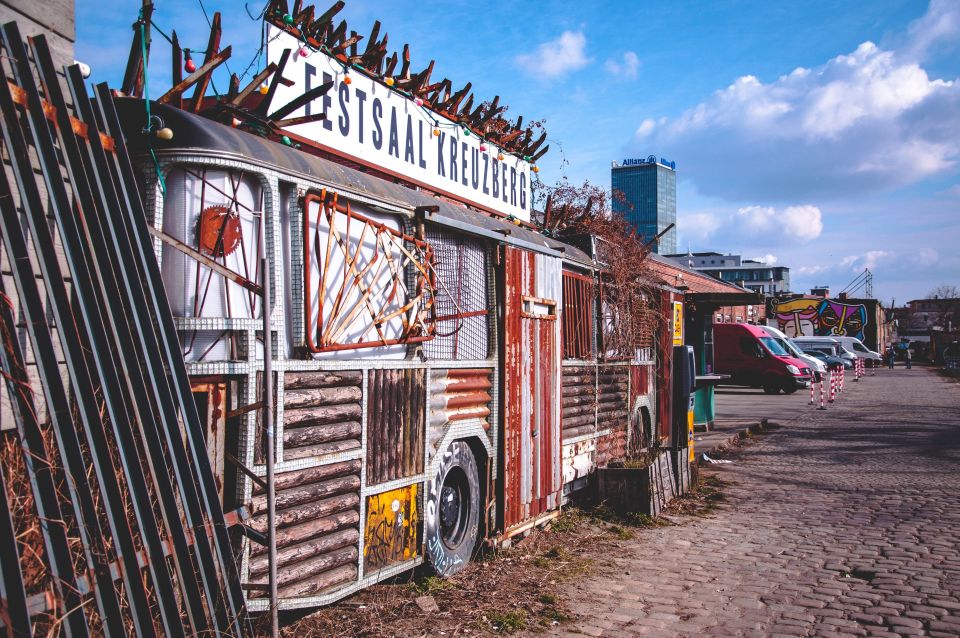
Controversial plans to develop Kreuzberg’s riverside threaten to gentrify the district, potentially displacing its long-standing residents and transforming the area’s unique character.
The proposed developments aim to revitalize the waterfront, but many locals fear they’ll price out the artists, creatives, and immigrant communities that have defined Kreuzberg for decades.
Tensions are high as activists fight to preserve the neighborhood’s vibrant identity and affordable living spaces.
While some see the plans as necessary progress, others worry Kreuzberg’s distinctive grittiness and counterculture vibe will be lost if it becomes a playground for the wealthy.
The tour’s final stop explores these debates, offering insights into the complex challenges facing this rapidly evolving part of Berlin.
Frequently Asked Questions
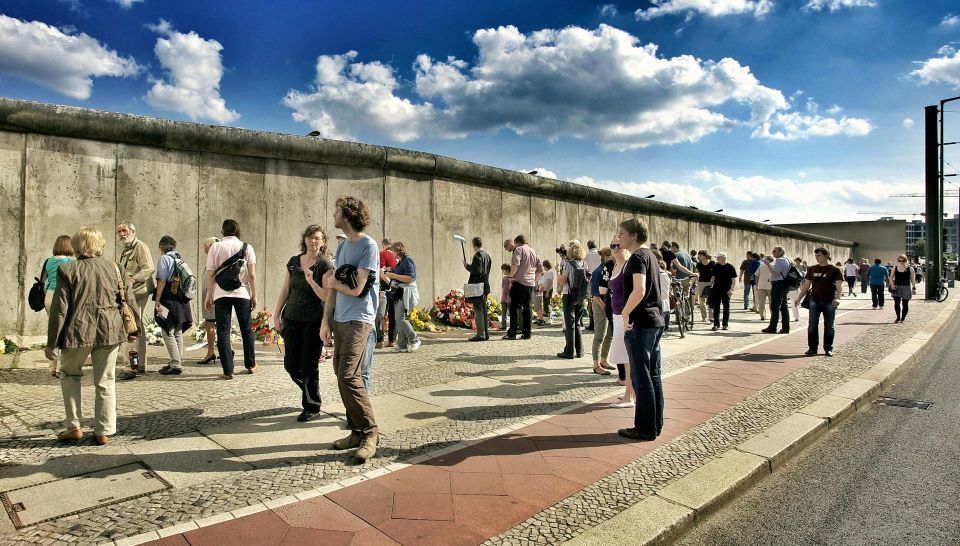
What Is the Best Time of Year to Take This Tour?
The best time to take this tour is during the spring or fall when the weather is mild and pleasant. The tour can be enjoyed year-round, but the summer heat and winter cold may make it less comfortable.
Is the Tour Wheelchair Accessible?
The tour is not wheelchair accessible. It involves navigating uneven terrain, stairs, and tight spaces. Guests with mobility issues may find it challenging to fully participate in the walking or biking tour of Kreuzberg.
Can Children Participate in the Tour?
Children are welcome to participate in the 3-hour Kreuzberg history tour. However, the tour covers some adult themes and may not be suitable for very young children. Parental discretion is advised.
Are There Any Age Restrictions for the Tour?
There are no age restrictions for the Kreuzberg history tour. Children are welcome and can participate in the tour activities. However, parents should ensure their children’s safety and engagement throughout the 3-hour walking or biking tour.
Is Photography Allowed During the Tour?
Photography is generally allowed during the tour. The guide may provide guidance on appropriate times and places to take photos, considering the needs of the group and any restrictions in certain areas.
Recap
The Kreuzberg History Tour provides a captivating exploration of the neighborhood’s evolution from a working-class enclave to a vibrant cultural hub.
Visitors explore Kreuzberg’s complex past, from its immigrant communities and iconic street art to the ongoing tensions between development and preserving the district’s unique identity.
This immersive experience offers an insightful look at the factors that have shaped one of Berlin’s most dynamic and influential areas.

